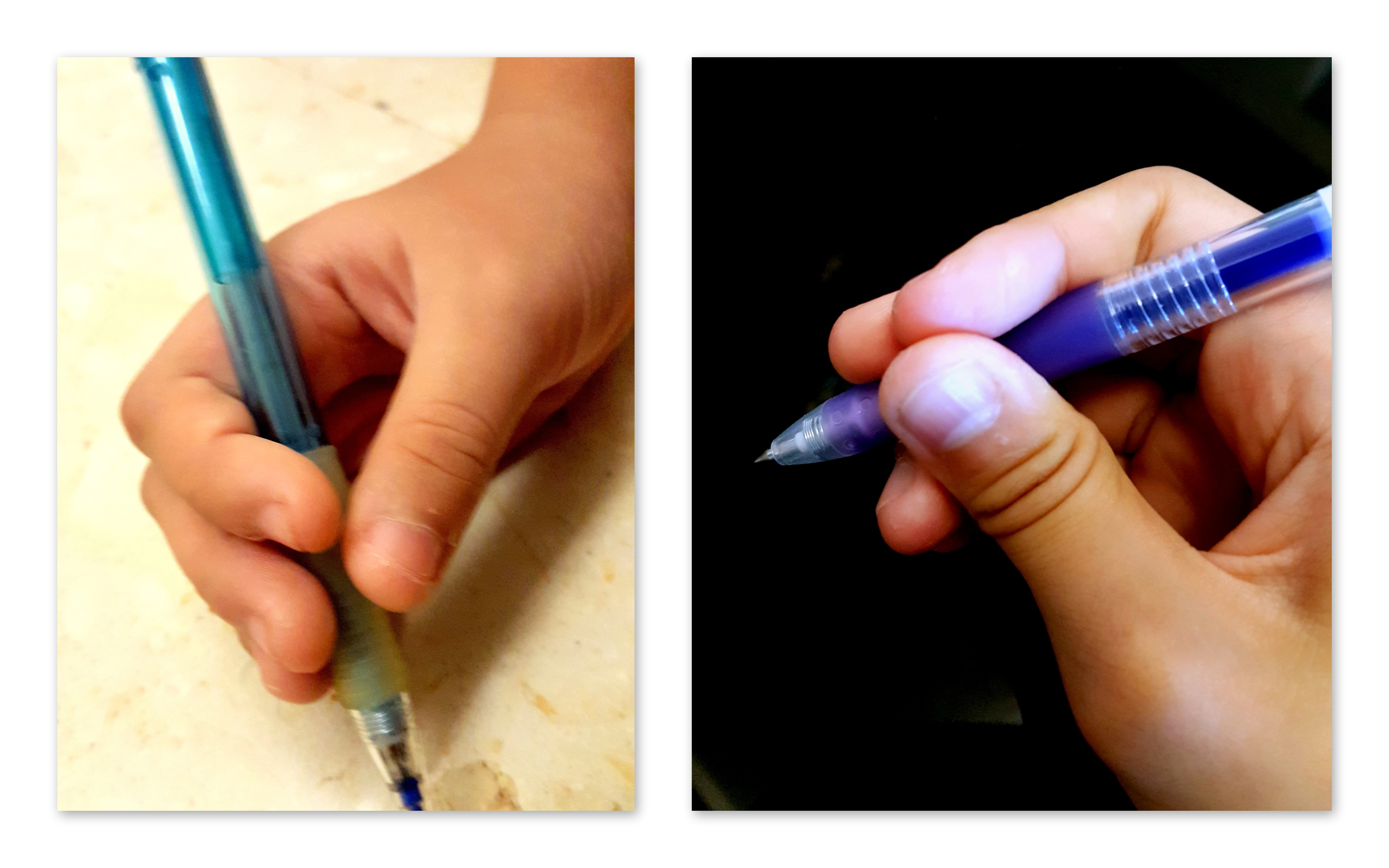
adjusting your pencil grip, or manipulating a button or a zipper with the fingertips).ģ. Shift: Moving an object using the pads of your fingers (e.g. when you hold a coin in your palm and move it to your fingertips to push it into a piggy bank or vending machine).Ģ. Translation: Using your fingers to move or ‘squirrel’ a small item from your palm to your fingertips (e.g. Motor skill as it involves three components:ġ. In-hand manipulation is the ability to move small objects around in your hand Play games like checkers where children have to grasp small disc-like pieces with a pincer grasp between their thumb and the pad of their index finger.
Thread plastic beads onto a string, place cereal Os onto toothpicks, or stringing straws onto yarn.Pop bubble wrap (this can be fun to join in too!).

Roll Play-Doh into small balls using the pads of the thumb and index finger.Writing with a closed web space oftenĬauses poor and slow handwriting, especially as kids are expected to write atĪctivities: These activities can help open your child’s thumb web space: If the thumb is squashed up against the indexįinger, it makes it hard to move items. Requiring in-hand manipulation, such as moving coins from the palm to theįingertips or picking up a pencil. An open thumb web space is necessary for tasks The thumb web space is between your thumb and index finger (it makes an “O” Squeezing a spray bottle with the pointer and middle fingers.Creating shapes or pictures using pipe cleaners or wikki sticks.Something (like a piece of LEGO, ball of Play-Doh or cotton wool, an eraser,īutton or coin) with their fourth and fifth fingers, while using their precision side In handwriting, this allows for fluency and control, which ultimately promotes neat handwriting.Ī great exercise to assist your child with this is encouraging them to hold We are best able to control the ‘precision’ side when our ‘power’ side is stable (curled up into our palm or extended away from the other fingers). Being able to use the two sides separately is importantįor moving and using objects like pencils, cutlery and scissors. (thumb, index finger, and middle finger) and the power side of your hand Have a race to see who can do it the quickest!ĭid you know our hands can be separated into two sides? The precision side Have your child use pegs to pick up pom poms and move them into a bucket or sort them into groups by colour or size.Pegs: Pinching and squeezing clips, pegs, tweezers, or even tongs helps build hand muscle strength. Make spaghetti by having them pull off small pieces of Play-Doh and roll them into long ‘noodles’.Make a spider or octopus by having your child first roll the putty into a ball, flatten it down, and then pinch out eight legs using their pincer fingers (thumb and index finger).Then have a race to see how many they can peel off in one minute! You could also use the strips of tape to make artwork. Tape races: Get your child to tear off lots of pieces of masking tape and place them down on a flat surface (e.g. Once you have small crumpled balls, try to flick them at a target. Increase the challenge by only letting them use one hand to crumple the paper. Paper crumpling: Have your child crumple up sheets of newspaper or scrap paper into the smallest, tightest ball possible. Gross motor activities: Wheelbarrow walking, climbing over obstacles, animal walks. Some great exercises to help build your child’s fine motor strength Hold their pencil functionally, as well as helping them write with endurance


Having strong wrists, hands and fingers helps children Kids need strong hands and fingers for a whole range of day-to-day activitiesįor school and play. Quadrupod grasp, where the pencil is positioned between the thumb, indexĪnd middle fingers, the fourth finger stabilises the pencil and the fifth finger isīeing able to hold a pencil correctly requires a child to have a range of foundation skills in place, so if your child isn’t using one of these pencil grips yet, the following fine motor activities can help them develop the skills they need to hold their pencil functionally, and write more easily. Index finger with the pencil resting on the middle finger. That in the image below) where the pencil is positioned between the thumb and The most efficient way to hold a pencil is the dynamic tripod grasp (similar to It’s important to remember that pencil grip acquisition is developmental and in this article, we are addressing pencil grips for 5-6 year old children. When children can see they’re not keeping up, it can lead to anxiety, frustration and low self- esteem, leading them to fall even further behind. Left unaddressed, pencil grip problems can end up affecting a child’s academic performance at school. As occupational therapists, we are often approached by teachers and parents with concerns about their child’s awkward pencil grasp.


 0 kommentar(er)
0 kommentar(er)
